- No products in the cart.
Klatsid cf. Table n / a film about prolong. 500mg 5 pcs
$10.71
Klatsid cf. Table n / a film about prolong. 500mg 5 pcs
SKU: 156448196 Categories: Antibiotics, Antibiotics, antimicrobial, antiparasitic, Medicaments Tags: Abbott, clarithromycin
Description
Composition
Active substance:
1 depot tablet contains: clarithromycin 500 mg.
Excipients:
Citric acid, anhydrous 128.00 mg 120.00 mg sodium alginate, sodium calcium alginate 15.00 mg lactose 115.00 mg Povidone K30 30.00 mg talc 30.00 mg, 21.00 mg of stearic acid, 10.00 mg magnesium stearate; film coating: 9.81 mg hypromellose, macrogol 400, 3.27 mg macrogol 8000 3.27 mg titanium dioxide 1.64 mg yellow colorant (quinoline yellow) 1.23 mg, 0.16 mg of sorbic acid.
Description:
Yellow oval tablets, film-coated.
Product form:
Prolonged action tablets, film-coated.
Packing 5, 10, 14 tablets.
Contraindications
Hypersensitivity to clarithromycin, and other ingredients to other macrolides; severe renal insufficiency – Creatinine clearance (CC) of less than 30 ml / min; concomitant use of clarithromycin with the following medicines: astemizole, cisapride, pimozide, terfenadine; simultaneous reception of clarithromycin with ergot alkaloids, for example ergotamine, dihydroergotamine; simultaneous reception of clarithromycin with midazolam for oral use; patients with a history of lengthening the interval QT, ventricular fibrillation or ventricular tachycardia type “pirouette”; patients with hypokalemia (risk of QT interval elongation); Patients with severe hepatic insufficiency, to run concurrently with renal insufficiency; simultaneous reception of clarithromycin with inhibitors of HMG-CoA reductase inhibitors (statins), which largely metabolized isoenzyme CYP3A4 (lovastatin, simvastatin), due to an increased risk of myopathy, including rhabdomyolysis; simultaneous reception of colchicine with clarithromycin in patients with impaired liver or kidney function; patients with cholestatic jaundice / history of hepatitis, which developed when using clarithromycin; galactose intolerance, lactase deficiency, malabsorption syndrome glucose-galactose; porphyria; breastfeeding; children under 12 years (effectiveness and safety have been established).
Precautions: renal insufficiency moderate; liver failure, moderate and severe; myasthenia gravis (possibly increased symptoms); simultaneous reception of clarithromycin with benzodiazepines, such as alprazolam, triazolam, midazolam for intravenous administration; simultaneous with drugs that are metabolised SYP3A isoenzyme, e.g., carbamazepine, cilostazol, cyclosporine, disopyramide, methylprednisolone, omeprazole, oral anticoagulants (e.g., warfarin), quinidine, rifabutin, sildenafil, tacrolimus, vinblastine; simultaneous with drugs that induce isoenzyme CYP3A4, e.g., rifampicin, phenytoin, carbamazepine, phenobarbital, St. John’s wort; simultaneous with blockers “slow” calcium channels, which are metabolized isoenzyme CYP3A4 (e.g., verapamil, amlodipine, diltiazem); Patients with coronary heart disease (CHD), severe cardiac insufficiency, hypomagnesemia, severe bradycardia (less than 50 beats / min) and patients taking concomitant antiarrhythmics IA class (quinidine, procainamide) and Class III (dofetilide, amiodarone, sotalol) ; pregnancy.
Dosage
500 mg
Indications
Infectious and inflammatory diseases caused by microorganisms sensitive to clarithromycin: lower respiratory tract infections (such as bronchitis, pneumonia); upper respiratory tract infection and upper respiratory organs (such as pharyngitis, sinusitis); Skin and soft tissue infections (such as folliculitis, cellulitis, erysipelas).
Interaction with other drugs
Formulations are inducers isoenzyme CYP3A (e.g., rifampicin, phenytoin, carbamazepine, phenobarbital, St. John’s wort) may induce metabolism of clarithromycin. The following drugs have proven or presumed impact on the concentration of clarithromycin in plasma; in the case of joint use with clarithromycin dosage may require adjustment or switch to an alternative therapy: efavirenz, nevirapine, rifampicin, rifabutin, rifapentine, etravirine, fluconazole, ritonavir, oral hypoglycemic agents / insulin (recommended careful control of the concentration of glucose). Antiarrhythmic drugs (quinidine and disopyramide) may cause ventricular tachycardia type “pirouette” in the combined use of clarithromycin and quinidine or disopyramide. Interactions caused CYP3A: co-administration of clarithromycin, which is known to inhibit isoenzyme CYP3A, and drugs primarily metabolized isoenzyme CYP3A, may be associated with a reciprocal increase in their concentration, which can enhance or prolong both therapeutic and side effects. HMG-CoA reductase inhibitors (statins): in case of need co-administration, it is recommended to take the lowest dose of the statin, statins should be used, independent of metabolic isoenzyme CYP3A (e.g., fluvastatin). Indirect anticoagulants: When coadministered warfarin and clarithromycin possibly bleeding, a marked increase in INR and prothrombin time. Full information on interaction with drugs provided in the instructions for use.
Overdose
Symptoms: receiving large doses of clarithromycin may cause symptoms of disorders of the gastrointestinal tract. Treatment: overdose remove unabsorbed drug from the gastrointestinal tract (gastric lavage, activated carbon and others.) And have symptomatic therapy. Hemodialysis and peritoneal dialysis have no significant effect on the concentration of clarithromycin in serum.
pharmachologic effect
Pharmacological group:
Macrolide antibiotic.
Pharmacological properties:
Klatsid CP – macrolide antibiotic. Clarithromycin inhibits the synthesis of protein in microbial cell by interacting with the 50S ribosomal subunit of bacteria. Highly active against a wide variety of aerobic, anaerobic, Gram-positive and Gram-negative bacteria.
Clarithromycin demonstrated high activity in vitro against standard bacterial cultures and isolated. Highly effective against many aerobic and anaerobic gram-positive and gram-negative microorganisms. Studies conducted in vitro, confirm the high efficacy of clarithromycin against Legionella pneumophila and Mycoplasma pneumoniae.
The drug is also active against aerobic gram-positive bacteria: Staphylococcus aureus, Streptococcus pneumoniae, Streptococcus pyogenes, Listeria monocytogenes; aerobic gram-negative organisms: Haemophilus influenzae, Haemophilus parainftuenzae, Moraxella catarrhalis, Neisseria gonorrhoeae; other microorganisms: Mycoplasma pneumoniae, Chlamydia pneumoniae (TWAR), Chlamydia trachomatis, Mycobacterium Mycobacterium leprae, Mycobacterium kansasii, Mycobacterium chelonae, Mycobacterium fortuitum, Mycobacterium avium complex (MAC): Mycobacterium avium, Mycobacferium intracellulare.
For clarithromycin insensitive Enterobacteriaceae, Pseudomonas spp., As well as others not decompose lactose negative bacteria.
B-lactamase production has no effect on the activity of clarithromycin. Most strains of staphylococci that are resistant to methicillin and oxacillin resistant and clarithromycin.
Clarithromycin has an effect in vitro and against most strains of the following microorganisms (however, safety and efficiency of clarithromycin in clinical practice has not been confirmed by clinical studies and practical significance is unclear): Aerobic Gram-positive organisms: Streptococcus agalactiae, Streptococcus (Groups C, F, G) , Viridans group streptococci; aerobic gram-negative organisms: Bordeteila pertussis, Pasteurella multocida; anaerobic gram-positive microorganisms: Slostridium perfringens, Peptococcus niger, Propionibacterium acnes; anaerobic gram-negative microorganisms: Bacteroides melaninogenicus; Borrelia burgdorferi, Treponema pallidum, Campylobacter jejuni.
Microbiological activity of the metabolite is the same as the starting material, or 1-2 times weaker against most microorganisms. An exception is Naemophilus influenzae, against which the effectiveness of the metabolite 2 times higher. The starting material and its major metabolite have either additive or synergistic effect against Naemophilus influenzae under in vitro and in vivo depending on the bacterial culture.
Tablets with prolonged action are homogeneous crystal substrate, wherein passage of the digestive tract is provided a sustained release of the active ingredient.
Pregnancy and breast-feeding
Safe use of clarithromycin during pregnancy and lactation has not been established. Use in pregnancy (especially in I trimester) is only possible in the absence of alternative therapies, and the potential benefit to the mother outweighs the potential risk to the fetus. Clarithromycin is displayed along with breast milk. If necessary reception lactation, breastfeeding must stop.
Conditions of supply of pharmacies
Prescription.
side effects
Rash; headache, insomnia; heavy sweating; diarrhea, vomiting, dyspepsia, nausea, abdominal pain; dysgeusia, dysgeusia; vasodilation; deviation liver sample. A complete list of side effects is presented in the instructions for use.
special instructions
Long-term use of antibiotics can lead to the formation of colonies with increased amounts of non-susceptible bacteria and fungi. By superinfection necessary to assign appropriate therapy. In the application of clarithromycin reported cases of hepatic dysfunction (elevation of liver enzymes in blood, hepatocellular and / or cholestatic hepatitis with jaundice or without). Hepatic dysfunction may be severe, but is usually reversible. There are cases of liver failure fatal, mainly due to the presence of serious opportunistic diseases and / or simultaneous use of other drugs. If signs and symptoms of hepatitis, such as anorexia, jaundice, dark urine, itching, pain on palpation of the abdomen, you should immediately discontinue therapy with clarithromycin. In the presence of chronic liver diseases is necessary to carry out regular monitoring of serum enzymes. In the treatment of nearly all antibacterial agents, including clarithromycin, described cases of pseudomembranous colitis, the severity of which can range from mild to life-threatening. Antibacterials can change the normal intestinal flora, which can lead to the growth of C. difficile. Pseudomembranous colitis caused by Clostridium difficile, is necessary at all suspect patients experiencing diarrhea appearance after application of antibacterial agents. After a course of antibiotic therapy requires careful medical supervision of the patient. Described cases of pseudomembranous colitis after 2 months after taking antibiotics. Clarithromycin should be used with caution in patients with coronary heart disease (CHD), severe cardiac insufficiency, hypomagnesemia, severe bradycardia (less than 50 beats / min), and while the use of antiarrhythmic IA class drugs (quinidine, procainamide) and Class III ( dofetilide, amiodarone, sotalol). Under these conditions and at the same time taking the drug with these drugs should be regularly monitoring the electrocardiogram for increasing the interval QT. Perhaps the development of cross-resistance to clarithromycin and other macrolide antibiotics, as well as lincomycin and clindamycin. Given the growing resistance of Streptococcus pneumoniae to macrolides, it is important to test the sensitivity of the appointment of clarithromycin in patients with community-acquired pneumonia. In nosocomial pneumonia clarithromycin should be used in combination with the appropriate antibiotics. Skin and soft tissue infections of mild to moderate severity is most often caused by Staphylococcus aureus and Streptococcus pyogenes. In this case both the pathogen can be resistant to macrolides. Therefore, it is important to test for sensitivity. Macrolides can be used for infections caused by Corynebacterium minutissimum (erythrasma), diseases of acne vulgaris, and erysipelas, as well as in situations where you can not use penicillin. In case of acute hypersensitivity reactions, such as anaphylaxis, Stevens-Johnson syndrome, toxic epidermal necrolysis, drug rash with eosinophilia and systemic symptoms (DRESS-syndrome), Henoch-Schonlein, you must immediately stop taking clarithromycin and start appropriate therapy. In patients taking clarithromycin, reported an exacerbation of symptoms of myasthenia gravis. In the case of joint use with warfarin or other indirect anticoagulants necessary to monitor the prothrombin time and INR.
Effect on ability to drive and use machines: Data regarding the effect of clarithromycin on the ability to control a car, and there are no mechanisms. Caution should be exercised in the management of vehicles and mechanisms, taking into account the potential for dizziness, vertigo, confusion and disorientation, which may occur while using this drug.
Storage conditions
In the dark place at a temperature of 15-30 ° C.
Dosing and Administration
Inside. SR tablets Klatsid® not crush or chew, they must be swallowed whole. Adults and children over 12 years – 1 tablet (500 mg), 1 per day during meal time. In severe infections, the dose was increased to two tablets (1000 mg), 1 times a day at meal time. The usual duration of treatment is from 5 to 14 days. The exception is community-acquired pneumonia and sinusitis, which require treatment of 6 to 14 days. Renal function: patients with severe renal failure (creatinine clearance less than 30 mL / min) using the product Klatsid® CP contraindicated. Patients with impaired renal function moderate (QC from 30 to 60 ml / min), the dose is reduced by half, the maximum daily dose is 500 mg (1 tablet).
Information
Appearance may differ from that depicted in the picture. There are contraindications. You need to read the manual or consult with a specialist
Additional information
| Weight | 0.100 kg |
|---|---|
| Manufacturer | Abbott |

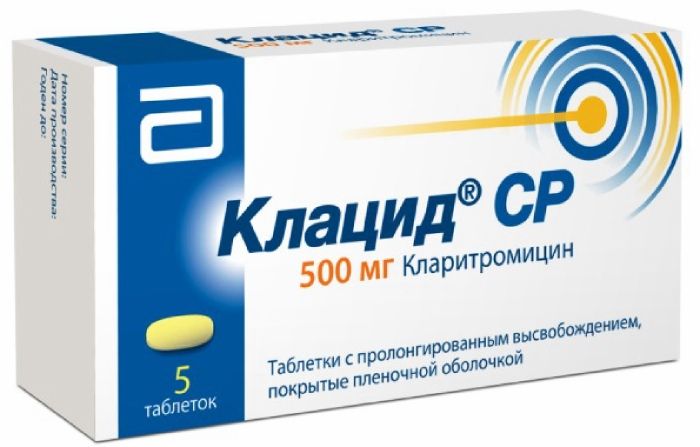
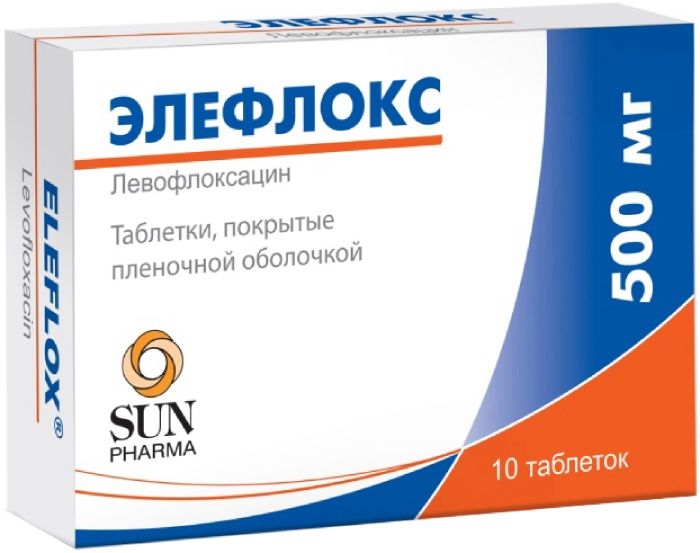
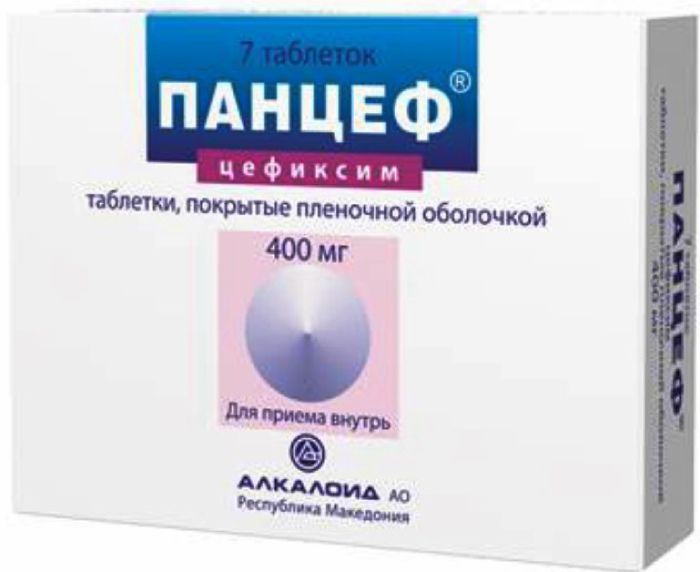




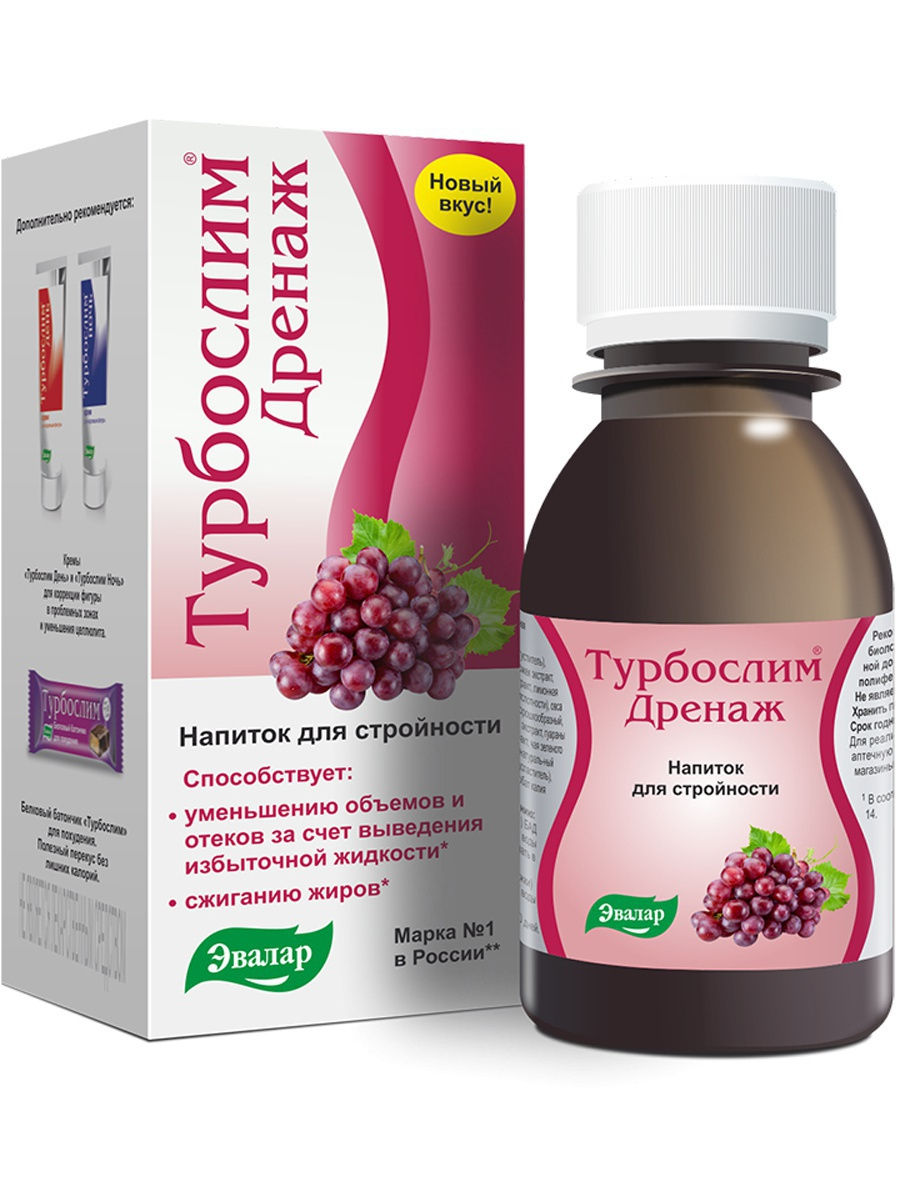
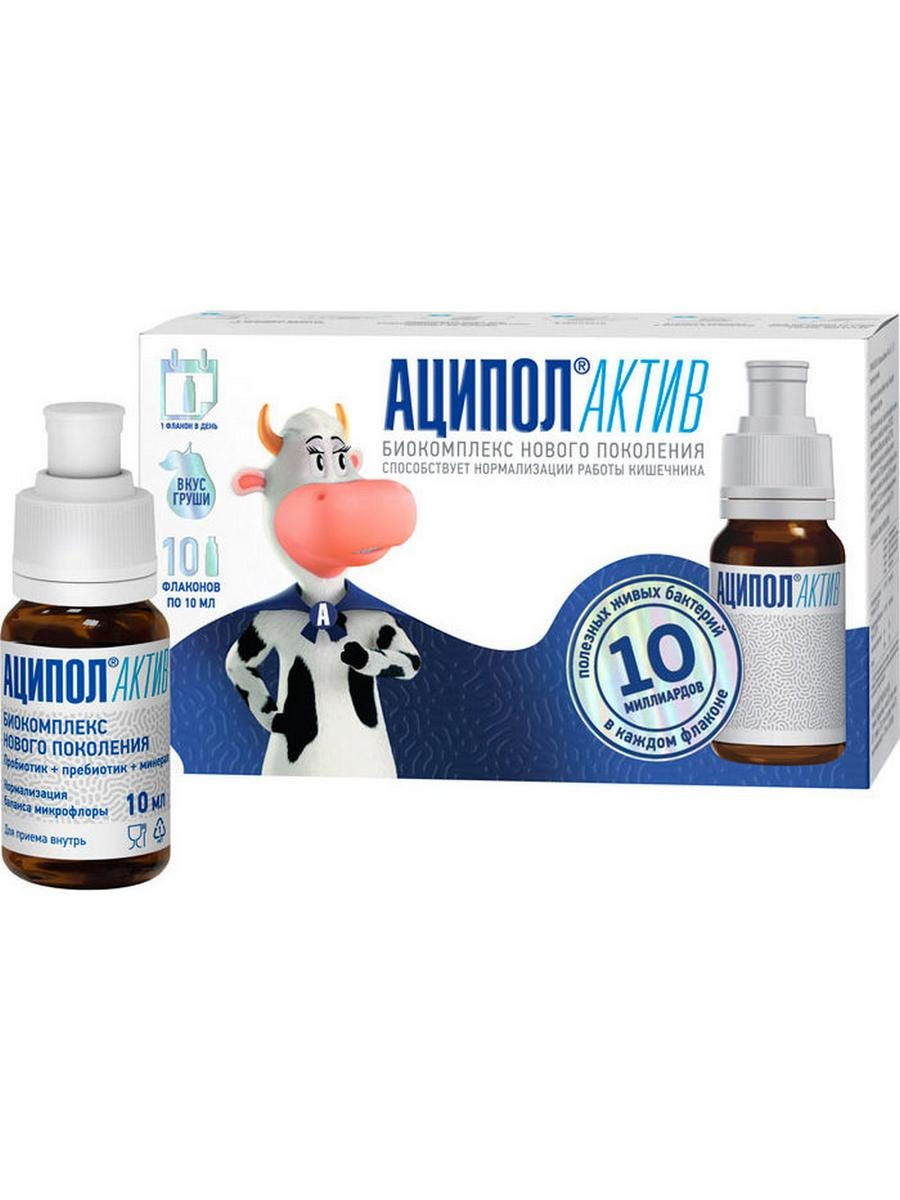



There are no reviews yet.